
Choosing the right China departure port can shave weeks off lead time and thousands off landed cost—especially for Amazon FBA, DTC brands, and agile dropship operations.
This 2025 guide ranks the top 10 China ports and, more importantly, shows when each port is the smarter choice based on origin region, product type, and shipping mode.
Before we dive in, a note on data: container throughput and global rankings are updated annually and may vary by source. We cite current 2024–2025 figures and credible industry reports where relevant and keep advice scenario-driven.
How we chose (methodology)
We prioritized ports that consistently serve e-commerce exporters with reliable, scalable services:
- Verified 2024 throughput and global standing (35%)
- International connectivity and mainline service frequency (20%)
- Intermodal efficiency (rail/barge/trucking corridors) (15%)
- Reliability and resilience (congestion volatility, schedule integrity) (15%)
- E-commerce relevance (proximity to supplier clusters, FBA-friendly workflows) (15%)
Authoritative sources referenced in this guide include the Shanghai Municipal Government’s 2024 throughput release for the Port of Shanghai and China’s official statistics page on Ningbo-Zhoushan’s 2024 performance, alongside industry rankings and half-year updates from Lloyd’s List (2025) and Upply (H1 2025):
- Shanghai handled 51.51 million TEUs in 2024, per the Shanghai Municipal Government (2025).
- Ningbo-Zhoushan reached 39.3 million TEUs in 2024, according to China’s official statistics page (2025).
- For cross-checks on global standings and service trends, see Lloyd’s List One Hundred Container Ports 2025 and Upply’s H1 2025 ports overview. For additional Shanghai context, Seatrade-Maritime covered the 50m TEU milestone in early 2025: “Shanghai port handles 50 million teu in 2024”.
Note: Transit times are indicative bands and can shift due to routing changes (e.g., Red Sea diversions), peak season congestion, or carrier schedule adjustments.
Tool you can use
If you need a factory-to-port-to-FBA plan, Yansourcing can help with supplier coordination, consolidation, export bookings, and multimodal routing in China.
The 2025 Top 10 China Ports (and when to use each)
1. Shanghai (East China, Yangtze River Delta)
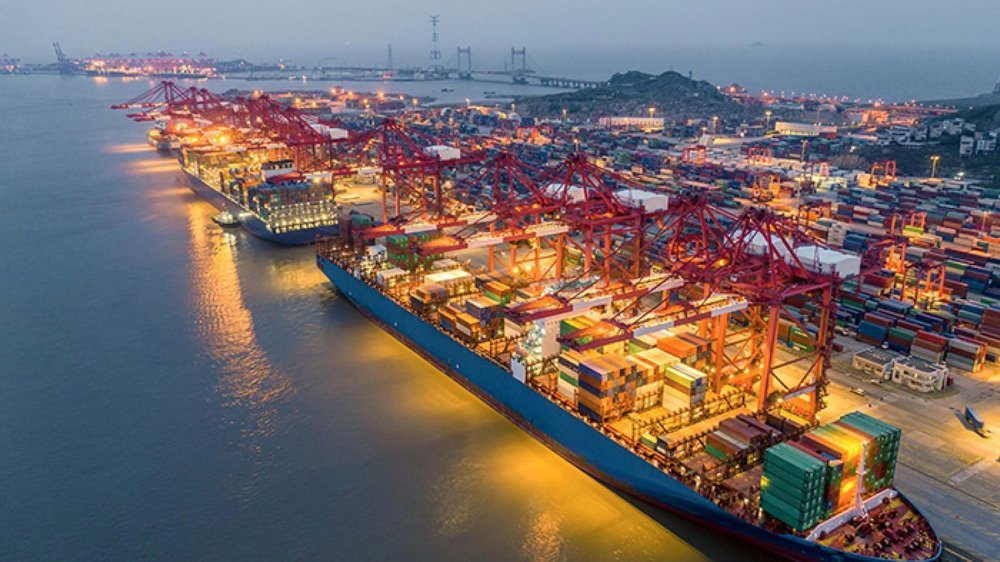
- Snapshot: The world’s busiest container port in 2024, with unrivaled connectivity across Trans-Pacific and Asia–Europe services. Backed by deep intermodal links on the Yangtze.
- Best for
- Amazon FBA: High-volume, palletized goods needing frequent mainline sailings to USWC/USEC.
- DTC brands: Stable weekly service options and better predictability for planned launches.
- Product types: Apparel, consumer electronics, small appliances, home & kitchen.
- Typical services and time bands
- To US West Coast: 14–20 days by sea; to US East Coast via Panama/Suez: 28–40 days.
- To North Europe: 28–36 days by sea; air freight: 3–7 days (airport proximity helps).
- Practical tip: Book earlier around Golden Week and year-end peaks; explore barge/rail pre-carriage if factories are inland along the Yangtze.
- Evidence anchor: Shanghai handled 51.51m TEUs in 2024 per Shanghai Municipal Government (2025).
2. Ningbo‑Zhoushan (East China, Zhejiang)
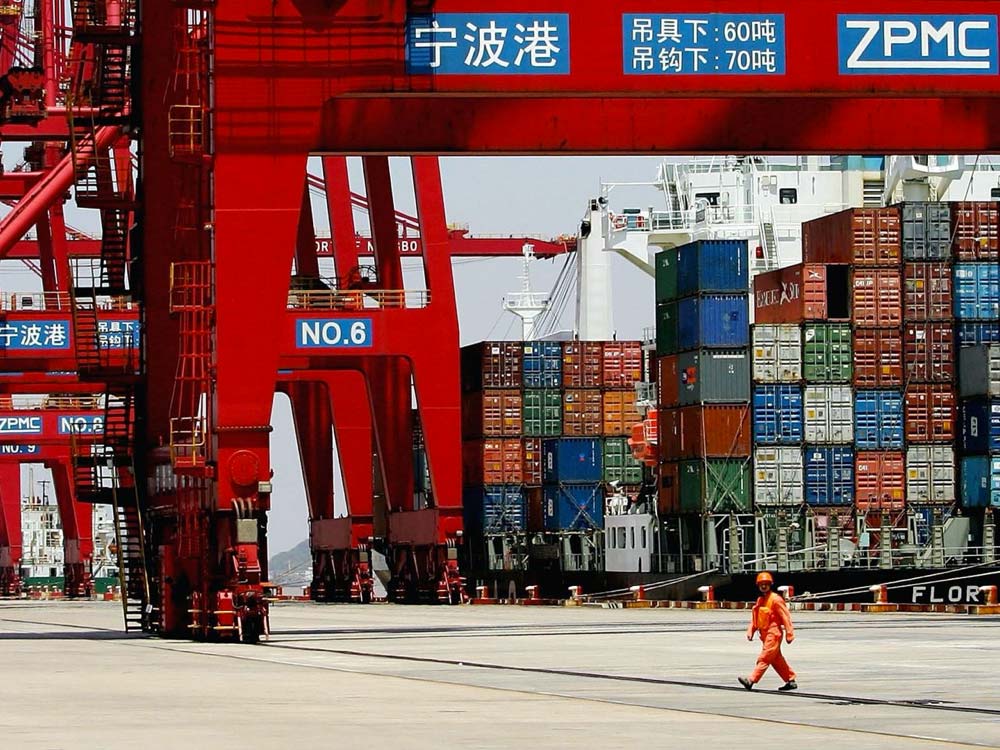
- Snapshot: Massive capacity and resilient performance; often a cost-effective alternative to Shanghai with strong Asia–Europe and Trans-Pacific loops.
- Best for
- FBA and DTC: Mid-to-high volume where rate stability and space access matter.
- Product types: Furniture, machinery, home goods—bulky cargo benefits from efficient terminals.
- Typical services and time bands
- USWC: ~15–22 days; USEC: ~30–42 days depending on routing.
- North Europe: ~28–38 days; frequent feeders for regional consolidation.
- Practical tip: If your suppliers are in Zhejiang/Jiangsu south of Shanghai, Ningbo can cut drayage time/costs.
- Evidence anchor: 39.3m TEUs in 2024 confirmed by China’s official statistics page (2025).
3. Shenzhen (South China, Greater Bay Area)
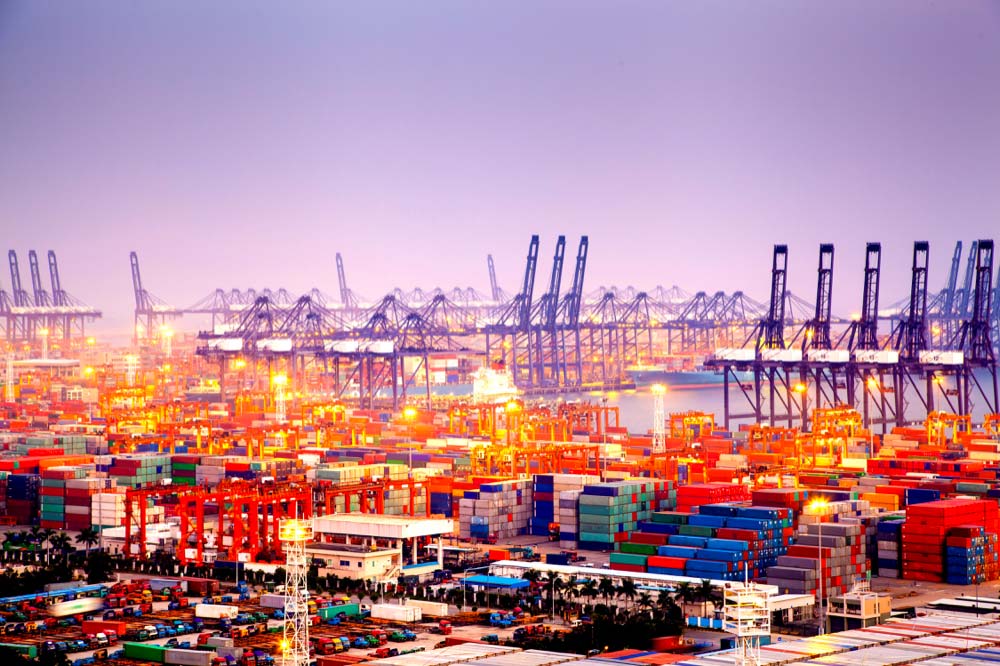
- Snapshot: Core gateway for electronics and cross-border e-commerce, with Yantian and Chiwan terminals feeding dense Trans-Pacific strings.
- Best for
- FBA: Carton-ready electronics and accessories from Guangdong factories.
- Dropship: Fast consolidation from multiple Pearl River Delta suppliers.
- Typical services and time bands
- USWC: ~14–20 days; USEC: ~28–40 days.
- North Europe: ~28–36 days; strong intra-Asia feeders for consolidation.
- Practical tip: Yantian cut-offs can be tight; coordinate early for ISF and documentation to avoid rollovers.
- Evidence anchor: Shenzhen’s top-tier global standing corroborated by Lloyd’s List One Hundred Ports 2025.
4. Guangzhou (Nansha) (South China, Greater Bay Area)
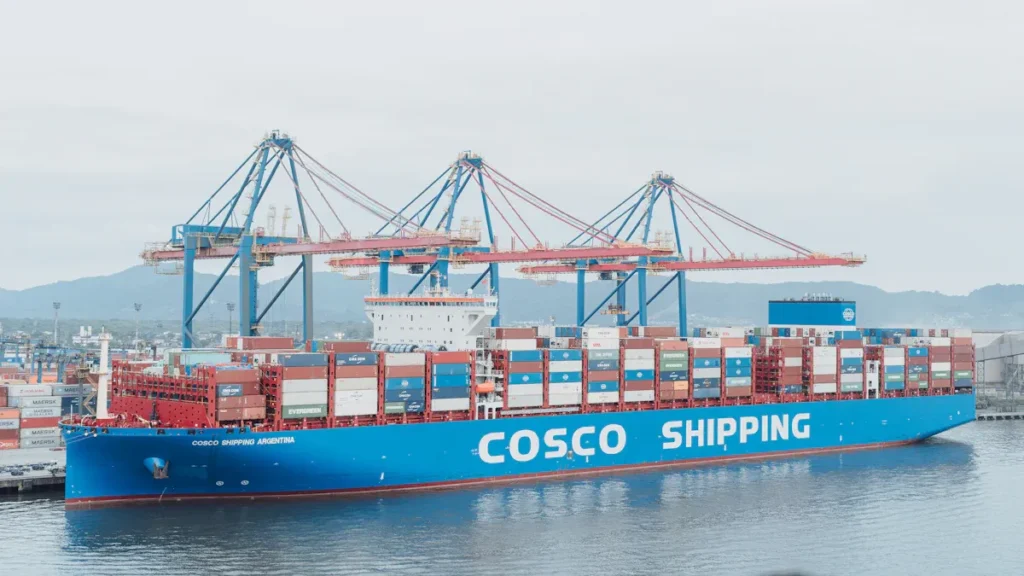
- Snapshot: Nansha has scaled rapidly with competitive rates and modern terminals; an excellent alternative to Shenzhen depending on factory location.
- Best for
- DTC and FBA: General merchandise, apparel, and small appliances from western PRD.
- Cost-sensitive shippers seeking balanced service frequency and drayage savings.
- Typical services and time bands
- USWC: ~15–21 days; USEC: ~30–42 days; North Europe: ~28–38 days.
- Practical tip: If your suppliers cluster around Foshan/Zhongshan/Jiangmen, Nansha may offer shorter truck hauls than Shenzhen.
- Evidence anchor: High connectivity across GBA routes highlighted in Upply H1 2025 overview.
5. Qingdao (North China, Shandong)
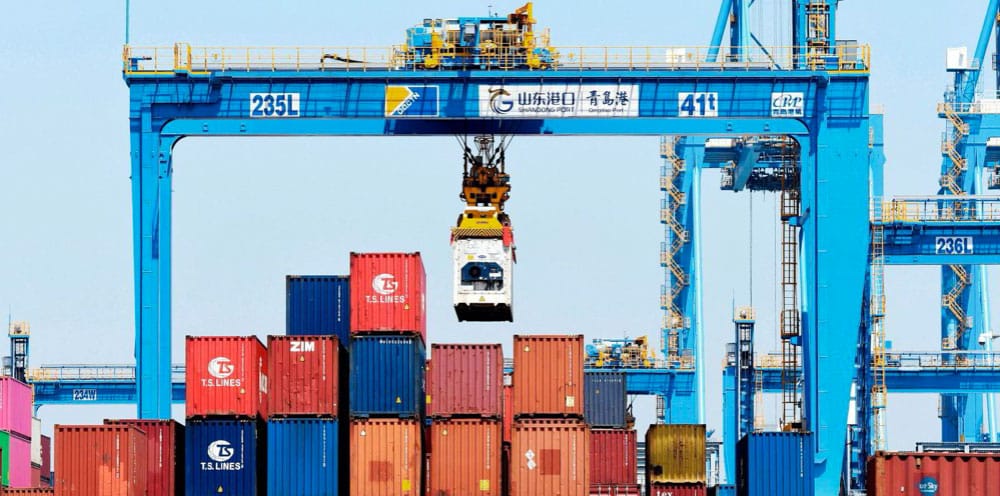
- Snapshot: A powerhouse in the Bohai Rim with strong Asia–Europe and Trans-Pacific options; robust rail links to interior manufacturing.
- Best for
- FBA and DTC shipping to EU/US from North China suppliers.
- Product types: Tools, automotive parts, industrial goods, home improvement.
- Typical services and time bands
- To Europe: ~26–34 days; To USWC: ~15–22 days; USEC: ~30–42 days.
- Practical tip: Consider rail-water combined transport to aggregate from inland Shandong/Henan.
- Evidence anchor: North China hub role commonly reflected in Lloyd’s List One Hundred Ports 2025.
6. Tianjin (Xingang) (North China, Bohai Rim)
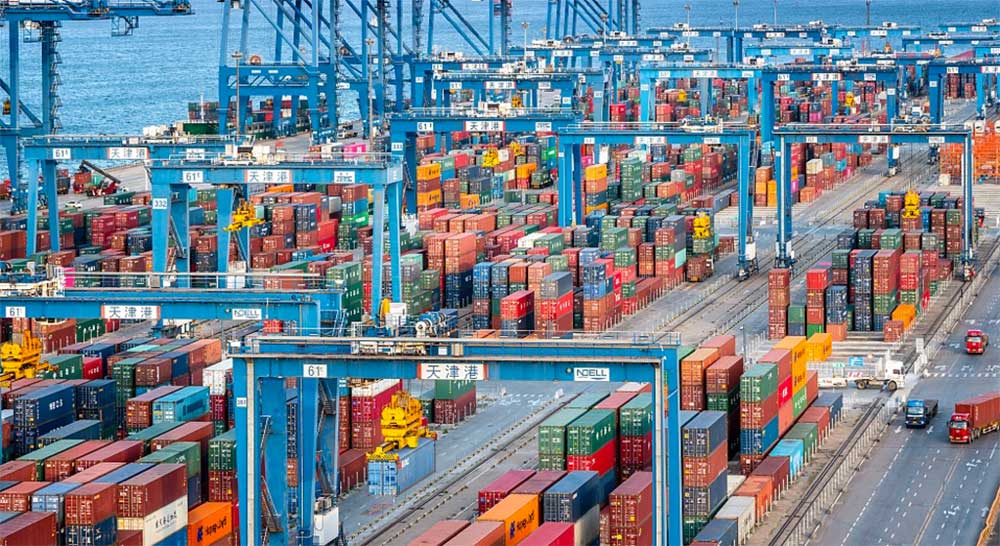
- Snapshot: The primary seaport for Beijing/Tianjin/Hebei; competitive on Europe services and USEC routings via Suez.
- Best for
- DTC brands serving EU: reliable Europe loops and customs infrastructure.
- Heavy or oversized cargo with nearby industrial bases.
- Typical services and time bands
- Europe: ~28–36 days; USWC: ~17–24 days; USEC: ~32–45 days.
- Practical tip: Watch winter weather windows; build buffer for trucking from Hebei and inland provinces during peak.
- Evidence anchor: Consistent top-ranking presence in Lloyd’s List One Hundred Ports 2025.
7. Hong Kong (South China, international transshipment hub)

- Snapshot: A major transshipment center with high operational efficiency; often used for shipments requiring specific documentation or value-added services.
- Best for
- High-value DTC or B2B shipments needing specialized handling.
- Flexible routing and carrier options; sometimes used to resolve paperwork constraints.
- Typical services and time bands
- Similar to Shenzhen for linehaul; air-sea options via Hong Kong International can speed premium legs.
- Practical tip: Compare documentation and tax treatment vs. mainland ports for your product classification.
- Evidence anchor: Hub status and network depth reflected in Upply H1 2025 overview.
8. Xiamen (Southeast China, Fujian)
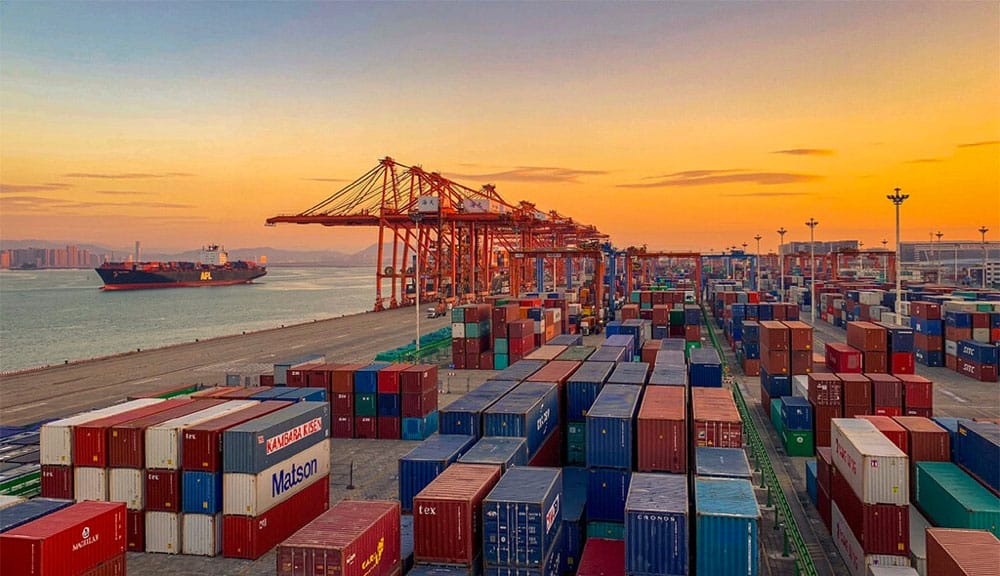
- Snapshot: Strong for exports from Fujian/Zhejiang south; good Asia–Europe coverage and regional feeders.
- Best for
- Apparel/footwear, small electronics, and ceramics from Fujian clusters.
- DTC brands optimizing drayage from Quanzhou/Jinjiang.
- Typical services and time bands
- Europe: ~28–36 days; USWC: ~16–22 days.
- Practical tip: Coordinate early during regional typhoon seasons; consider split bookings to manage risk.
- Evidence anchor: Network role acknowledged across industry roundups like Upply H1 2025 overview.
9. Dalian (Northeast China, Liaoning)
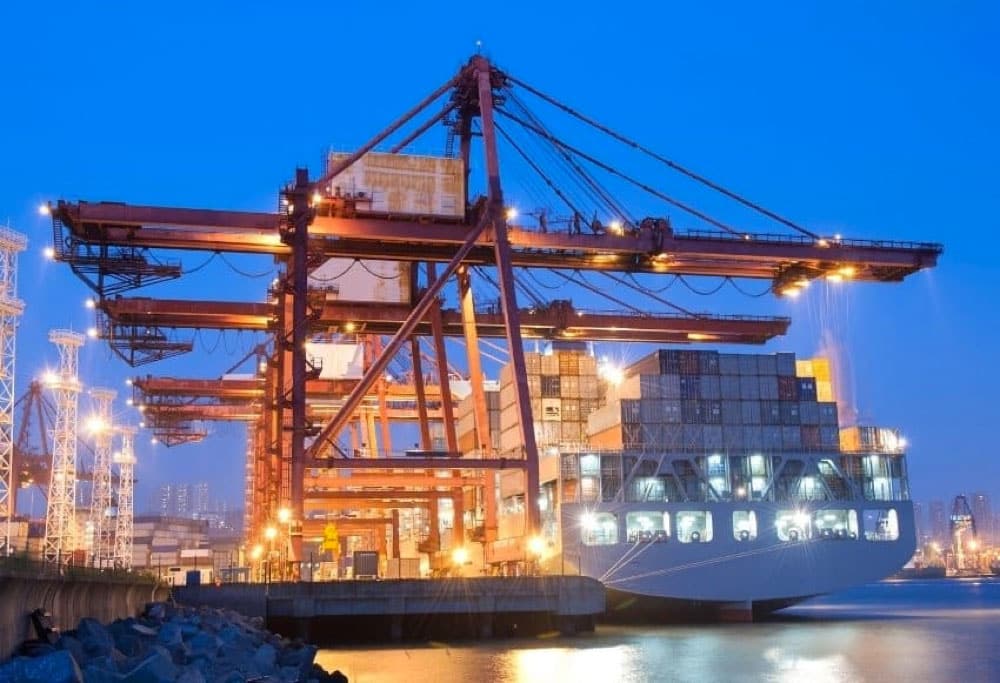
- Snapshot: Gateway for Northeast industrial belt; reliable feeders and Europe/Trans-Pacific connectivity, with cold-chain strengths.
- Best for
- Industrial goods, tools, cold-chain exports from Liaoning/Jilin/Heilongjiang.
- Shippers targeting North Europe with stable, planned volumes.
- Typical services and time bands
- Europe: ~30–38 days; USWC: ~18–24 days.
- Practical tip: Build in winter weather buffers; leverage rail for stable pre-carriage.
- Evidence anchor: Placement among major Chinese ports in Lloyd’s List One Hundred Ports 2025.
10. Beibu Gulf (Guangxi: Qinzhou/Beihai/Fangchenggang)
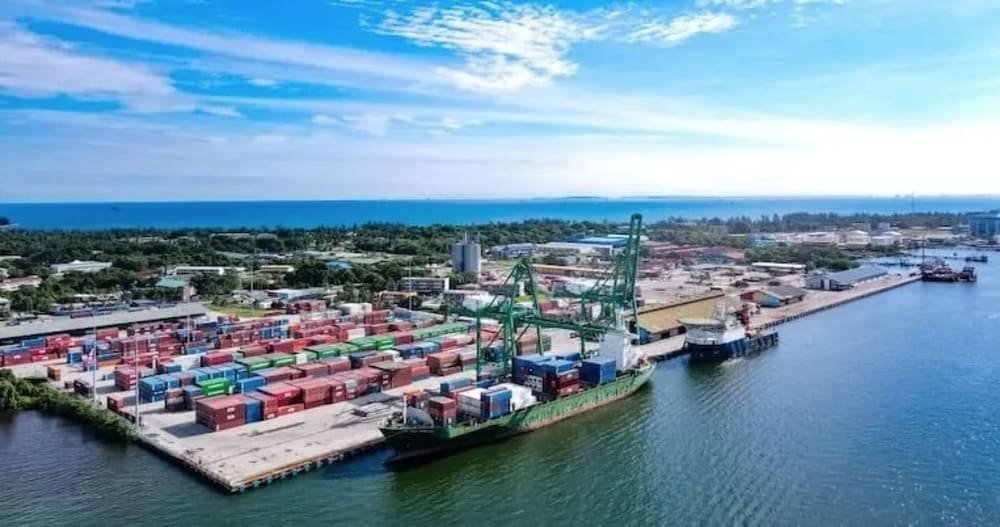
- Snapshot: Fast-rising South China cluster serving ASEAN trade lanes and emerging e-commerce manufacturers in Guangxi and western Guangdong.
- Best for
- DTC and cross-border sellers oriented to ASEAN or South Asia lanes.
- Cost-sensitive shippers near Nanning/Yulin seeking shorter inland hauls.
- Typical services and time bands
- Southeast Asia: ~3–10 days on feeders; to US/EU often via transshipment.
- Practical tip: Confirm transshipment legs when planning tight launch windows for promotions.
- Evidence anchor: Growth trajectory reflected in multi-source 2024–2025 roundups such as Upply H1 2025 overview.
Quick decision matrix (region × product × mode)
Use this as a starting point; always sanity-check with current schedules and your factory locations.
| Origin region | Major ports | Best for | Typical products | Primary modes | Indicative transit bands |
|---|---|---|---|---|---|
| South China (GBA) | Shenzhen, Guangzhou, Hong Kong | FBA, dropshipping | Electronics, accessories, small appliances | Sea (FCL/LCL), air | USWC 14–20d; USEC 28–40d; EU 28–36d; Air 3–7d |
| East China (Yangtze) | Shanghai, Ningbo‑Zhoushan | FBA, DTC (planned launches) | Apparel, furniture, home goods, machinery | Sea (FCL/LCL), rail‑water, air | USWC 14–22d; USEC 30–42d; EU 28–38d; Air 3–7d |
| North China (Bohai Rim) | Qingdao, Tianjin, Dalian | DTC, B2B to EU/US | Industrial goods, tools, auto parts | Sea (FCL/LCL), rail | USWC 15–24d; USEC 32–45d; EU 26–38d |
| Southeast Coast | Xiamen | DTC, apparel/footwear | Apparel, ceramics, footwear | Sea (FCL/LCL) | USWC 16–22d; EU 28–36d |
| Southwest/ASEAN‑facing | Beibu Gulf | Cost-sensitive, ASEAN links | General merch, light industry | Feeder + mainline | SEA 3–10d (feeder); US/EU via transshipment |
Time bands are typical 2024–2025 ranges and are subject to change with weather, peak seasons, or rerouting.
Region-by-region guidance
South China (Shenzhen/Guangzhou/Hong Kong)
- Choose when: your factories cluster around the Pearl River Delta; electronics-heavy SKU mix; need dense Trans-Pacific frequencies.
- Watchouts: Yantian cut-offs; holiday peaks (Golden Week, Lunar New Year); ensure labels/documents are FBA-compliant well before gate-in.
East China (Shanghai/Ningbo‑Zhoushan)
- Choose when: suppliers across Jiangsu/Zhejiang/Anhui; mixed product catalog including bulky items; desire for schedule predictability.
- Watchouts: Pre-carriage from inland can be the bottleneck—consider barge/rail options to avoid highway delays.
North China (Qingdao/Tianjin/Dalian)
- Choose when: factories in Shandong/Hebei/Tianjin/Liaoning; shipments to EU or USEC; industrial SKUs.
- Watchouts: Winter conditions; plan earlier bookings and keep forecasts accurate for space protection.
Also notable (rising or specialized hubs)
- Zhuhai (South China): Handy for specific PRD sub-clusters; often relies on transshipment via Shenzhen/HK.
- Yantai/Weihai (Shandong): Useful for regional consolidation in North China with feeder connections.
What to do next
Port choice isn’t just about the closest terminal—it’s a balance of lead time, rate stability, and factory geography.
If you want a customized lane plan (factory pickup, consolidation, port choice, sailing, and FBA delivery), book a 1-on-1 sourcing/shipping consultation with Yansourcing. We’ll map your SKUs, forecast, and destinations to the most resilient 2025 routing.
